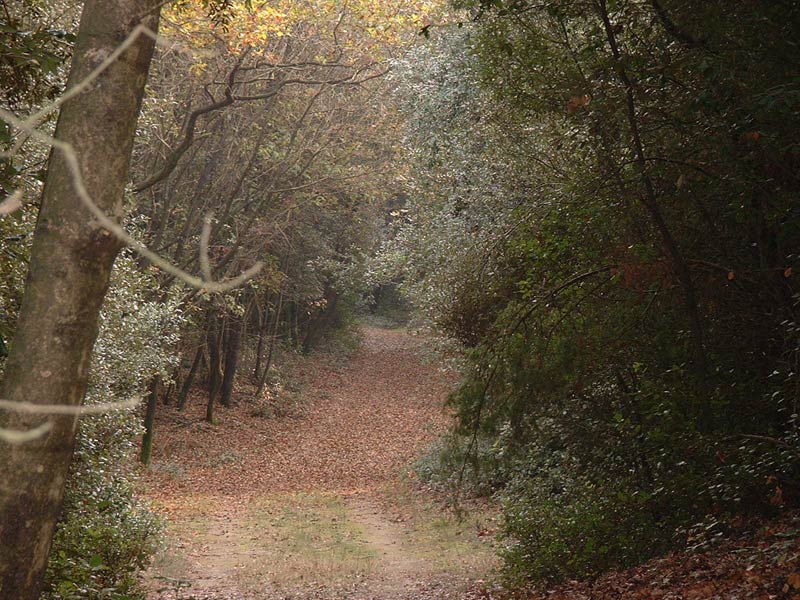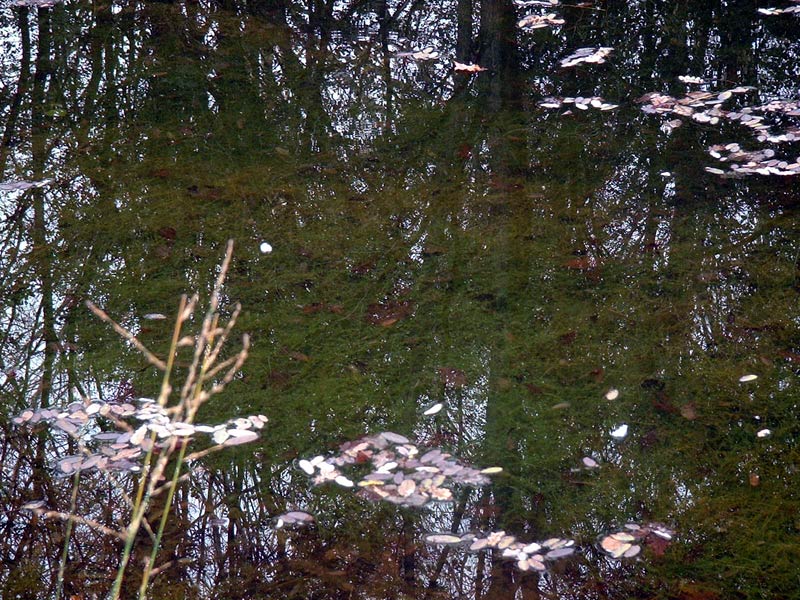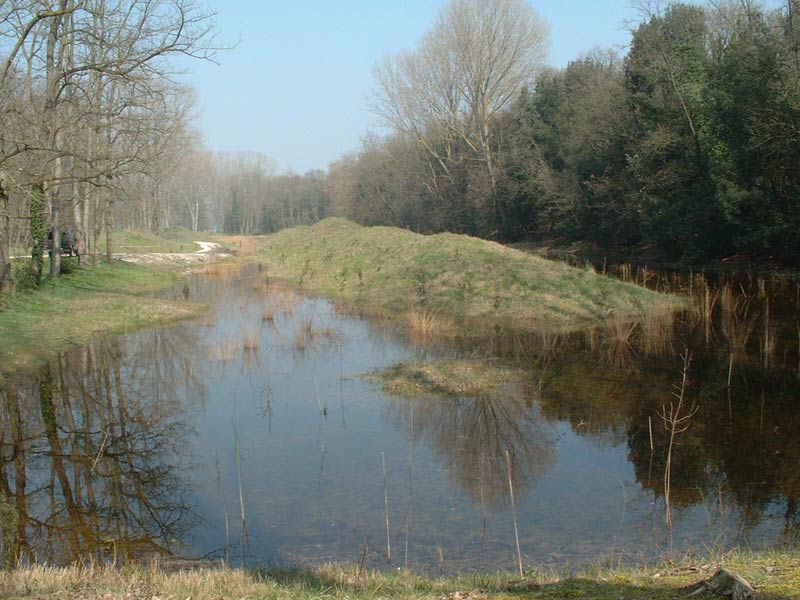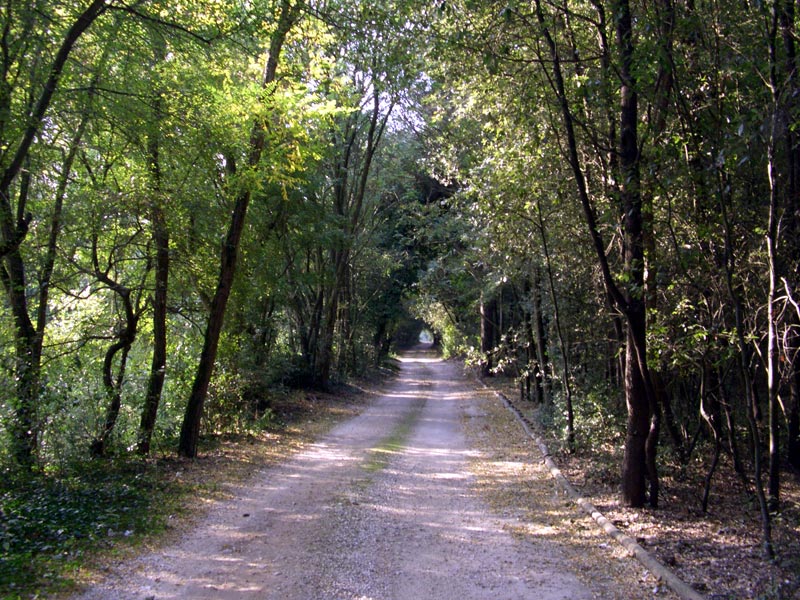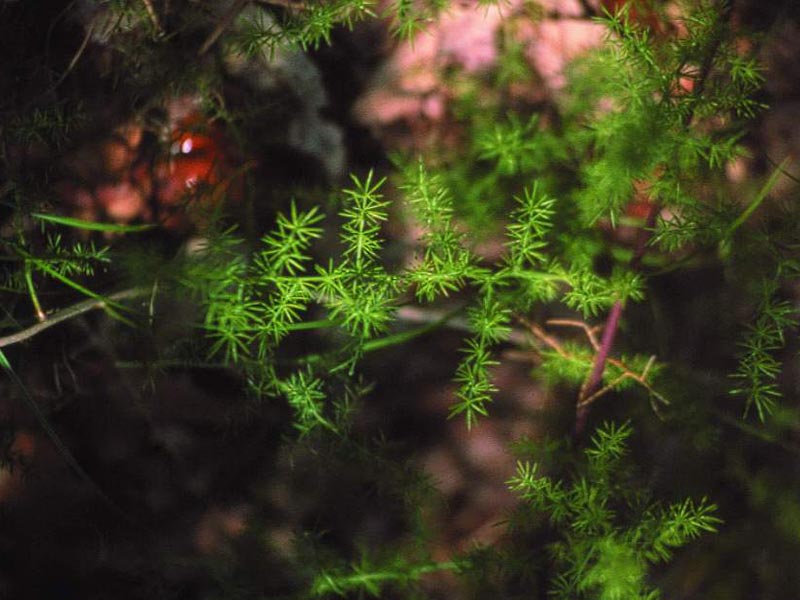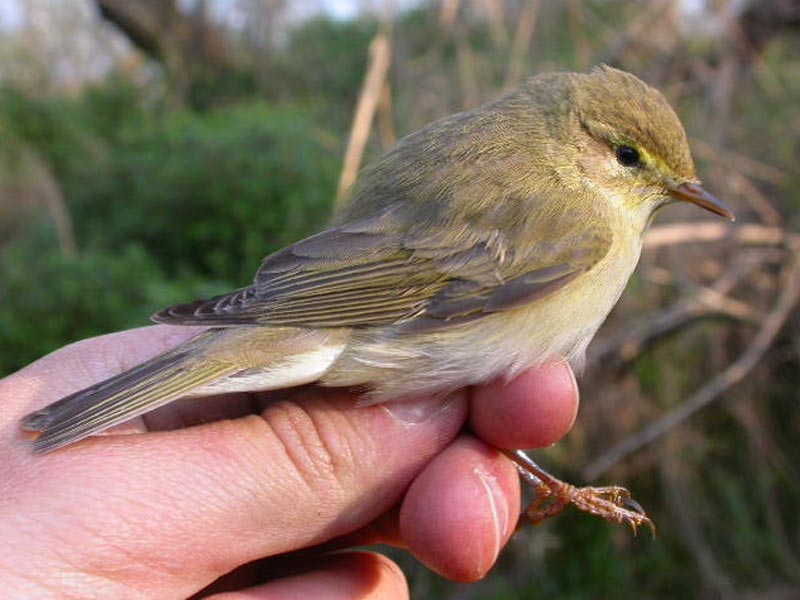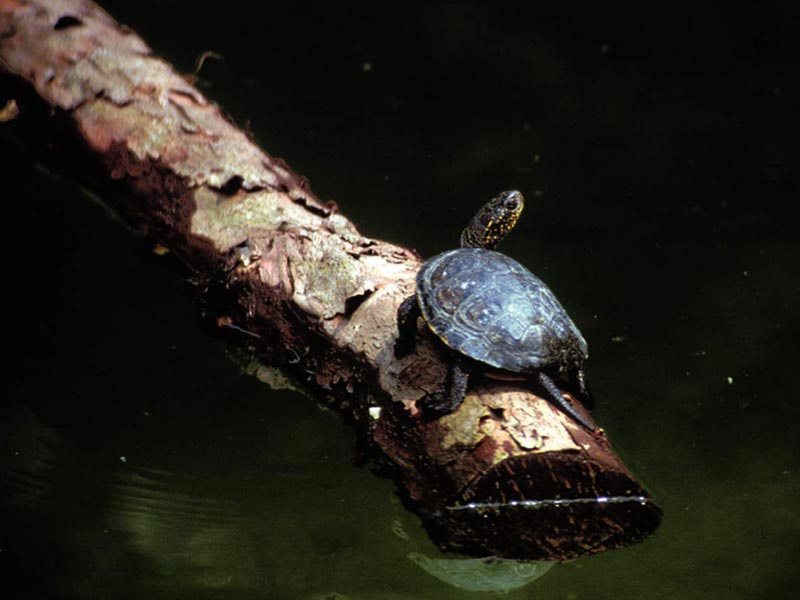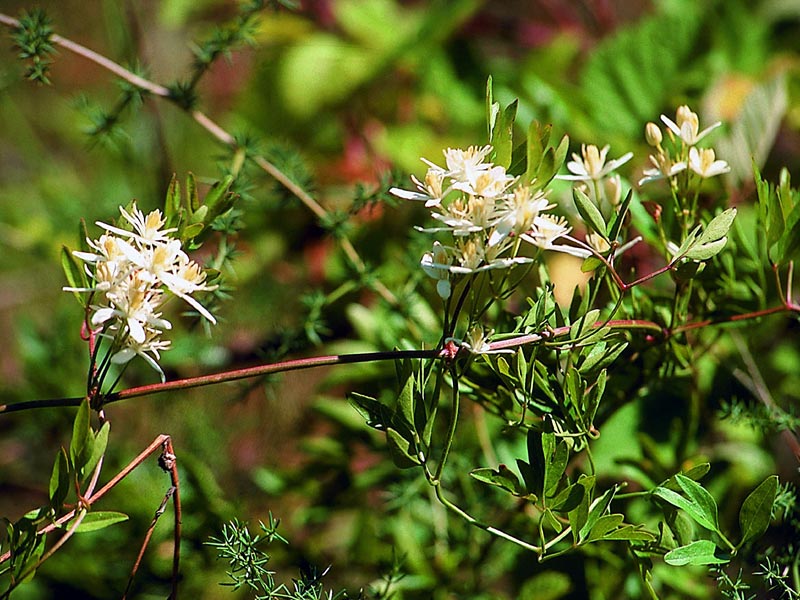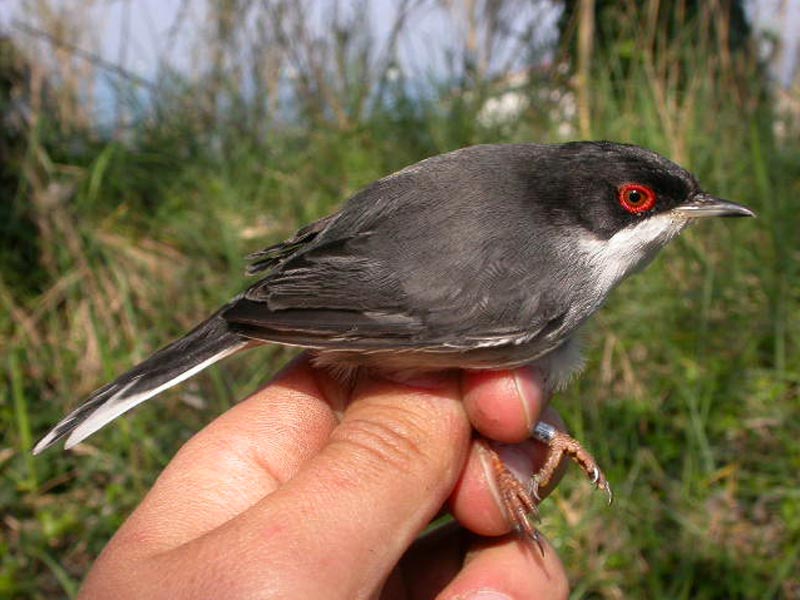Protected Area
Identity Card
- Land Surface Area: 113.54 ha
- Regions: Veneto
- Provinces: Venezia
- Municipalities: Chioggia
- Establishment Measures: D.M. 26/07/1971
- PA Official List: EUAP0148
A More than 1000-Year-Old Wood...
Bosco Nordio is situated on the most ancient dune system of the coastal
area of Venetia between Chioggia (VE) and the river Po, which probably
dates back to at least 2 million years ago (Pignatti, 1959).
The
dunes of the wood and the stretch of Rosolina Mare (RO) are the result
of the building activity by the rivers Po and Adige during the last
4,000 years.
Bosco Nordio, which was once called Fosson or Cerreto
(Beguinot, 1913), seems to have pre-Roman origins. It belonged first to
the town of Chioggia, it was then given to the Nordio family in 1565,
which completely destroyed the wood in order to cultivate the land.
Andrea Nordio, at the end of the 18th century, wanted to plant a
pinewood with stone pines on the rests of the ancient wood consisting
of holm oaks, laurels, and other Mediterranean species representing
"the ancient cloth of the wood" (Beguinot, 1913).
In 1959 it was sold to the former Azienda di Stato per le Foreste Demaniali and the Riserva Naturale Integrale was established with the decree D.M. 26/7/1971.
Nowadays it is managed by Veneto Agricoltura.
Bosco
Nordio is a residual part of the large wood which covered in the past
great part of the coastal area of Venetia. The current shape of the Po
Plain is the result of deep changes which radically modified the
vegetation and gradually the aspect of the landscape in general. These
changes were determined above all by the slow but constant action of
the climate and by more radical and faster interventions of men. During
the centuries, the enlargement of the cultivated lands has considerably
reduced the surface of the wood, to the extent that only some relicts
remained, small stretches of an ancient green belt which once covered
the north-eastern Adriatic coast.
Woodland
The morphology of Bosco Nordio influenced and is still influencing the distribution of the vegetation. The ilex formations (ilex groves or flowering ash-ilex groves) grow on the upper part of the dunes, while in the depressions between one dune and the other there is the English oak wood. However, the passage between one formation and the other is not that clear-cut, and the two kinds of vegetation often blend and overlap.
The Ilex Grove
In the marginal areas which have been recently colonized, there is a thick wood: in its upper part it consists of holm oaks (Quercus ilex) and flowering ash trees (Fraxinus ornus) whose structure is only apparently messy, since it represents a preparatory phase for the ripe flowering ash tree-ilex grove. The arboreal species grow together with a luxuriant stratum of typically Mediterranean shrubs, such as the wood asparagus (Asparagus acutifolius) and the fragrant clematis (Clematis flammula) together with other species which are widespread in the Po Plain, such as the hawthorn (Crataegus monogyna), the privet (Ligustrum vulgare), and the dogwood (Cornus sanguinea). In the lower stratum you can find the butcher's broom (Ruscus aculeatus) and the ivy (Edera helix).
The Oak Wood
In the depressions between the dunes, in very long and narrow corridors, you will find the English oak wood (Quercus robur), in which some adult specimens reach 20 meters of height. Together with the oak, some individuals of limetree (Tilia cordata), maritime pine (Pinus pinaster), and stone pine (Pinus pinea) also grow. Where the availability of water is higher for the presence of a more superficial layer and the soil is wetter, there are some specimens of white poplar (Populus alba) and black alder (Alnus glutinosa), which are hygrophilous species, that is species which love water.
The Flora of Bosco Nordio
The most interesting and widespread element of the flora of Bosco Nordio is without a doubt the Mediterranean element, since the wood is situated in the area representing the limit of the territory where the ilex grows, which begins to be considered relict. Among the Mediterranean species we can find the ilex (Quercus ilex), the wood asparagus (Asparagus acutifolius), the wild madder (Rubia peregrina), the butcher's broom (Ruscus aculeatus), the Osyris alba, the fragrant clematis (Clematis flammula), the Etruscan Honeysuckle (Lonicera etrusca), and the phyllirea (Phillyrea angustifolia). Moreover, the flora also varies according to the availability of water, to the microclimate, and to other factors.
Fauna
The particular geographical setting of Bosco Nordio, together with the
great diversity of the existing biotopes, determines interesting
aspects regarding the fauna.
Until a few years ago, the most showy aspect was without a doubt the presence of a considerable number of fallow deer (Dama dama), introduced in the reserve in 1964. The presence of the badger (Meles meles) was also considerable. The Riserva Naturale Integrale Bosco Nordio had been signaled as the ancient northern limit of the diffusion of the porcupine (Hystrix cristata). Among the mammals populating the area, the hare, the hedgehog, and the weasel.
Besides housing in its natural wetlands a considerable variety of
amphibians, reptiles, and mammals which once could be found in all the
woods of the plain (water snake, green lizard, the so-called
"carbonasso", newt, frog, hedgehog, weasel, etc.), the Riserva Naturale Integrale is also an important nesting place and shelter for many bird species
some of which used to live in the forest and are almost extinct in our
plains, which have been irremediably impoverished from considerable
wide stretches of wood.
The species of the avifauna nesting in the Bosco Nordio are many and important. Among them: the Marsh Harrier (Circus aeruginosus), the Short-eared Owl (Asio flammeus), the Wryneck (Jynx torquilla), the Nightingale (Luscinia luscinia), the Cuckoo (Cuculus canorus), the Stonechat (Saxicola torquata), the Serin (Serinus serinus), the Red-backed Shrike (Lanius collurio).
Besides the above-mentioned birds, it is possible to find in a
permanent way many other elements of the avifauna which found here
their ideal habitat, both for their nourishment and their shelter: the
Pheasant (Phasianus colchicus), the Little Owl (Athene noctua), the Little Egret (Egretta garzetta), the Gray Heron (Ardea cinerea), the Woodpigeon (Colomba palumbus), the Tawny Owl (Strix aluco), the Black Woodpecker (Dryocopus martius), the Robin (Erithacus rubecula), the Song Thrush (Turdus philomelos), the Cetti's Warbler (Cettia cetti), the Blue Tit (Parus caeruleus), the Great Tit (Parus major), the Jay (Garrulus glandarius).
Among the mammals, there are the weasel (Mustela nivalis), the stone marten (Martes foina), the pine marten (Martes martes), the badger (Meles meles), the northern water vole (Arvicola terrestris) and the southern water vole (Arvicola sapidus), the hedgehog (Erinaceus europaeus), and the European mole (Talpa europaea).
Among the amphibians, two common frogs: the agile frog (Rana dalmatina) and the Italian agile frog (Rana latastei).
Within the depressions of the wood, fed by the water which in Bosco
Nordio you can find almost everywhere at about 60 - 70 cm of depth,
there are the premises for the development of wetlands suitable to
house the typical animal and vegetal species. For instance, we wish the
return of the common European frog (Rana esculenta), of the coot (Fulica atra), of the mallard (Anas platyrhynchos), of the purple heron (Ardea purpurea)...
The Conservation Measures by Veneto Agricoltura
The interventions of conservation in the Riserva Naturale Integrale di Bosco Nordio, set going by Veneto Agricoltura in the year 2000, are aimed at giving back to the area its naturalistic features through floristic reassembly, territory restoration, and the safeguard of the site. Within the Reserve there were some elements alien to the place (such as non-autochthonous vegetal and animal species, orographic aspects deriving from anthropic activities) and to the integrity concept, aimed at the conservation and the safeguard of the biodiversity related to the maintenance of autochthonous shrubby and arboreal species; these elements represent an obstacle for the natural and balanced evolution of the ecosystem. In the peripheral areas and in the spaces resulting from the elimination of non-autochthonous arboreal species (we call autochthonous an animal or vegetal organism which originally comes from the geographical region where it is gathered or observed), in order to enrich the floristic component and to accelerate a colonization process which would take longer, young plants which are typical of our plain and coastal areas are being planted such as: Holm Oak (Quercus ilex), English Oak (Quercus robur), Sessile Oak (Quercus petrea), Downy Oak (Quercus pubescens), Flowering Ash Tree (Fraxinus ornus), Minor Mill (Ulmus minor), Italian Alder (Alnus cordata), White Willow (Salix alba), Hop Hornbeam (Ostrya carpinifolia), Wild Pear (Pyrus pyraster). The shrubby species which have been planted are: Common Juniper (Juniperus communis), Broom (Spartium junceum), Blackthorn (Prunus spinosa), Bird Cherry (Prunus padus), Glossy Buckthorn (Rhamnus frangola), Common Barberry (Berberis vulgaris), Common Privet (Ligustrum vulgare), Smokebush (Cotinus coggyria), Hawthorn (Crategus monogyna). In order to improve the landscape and to reconstruct a more natural orography by moving the soil in the plain areas and without transporting material from outside, the typical dunes of the coastal environment have been reconstructed together with some depressions, defining at the same time a new itinerary of the inner road network to improve the landscape.


